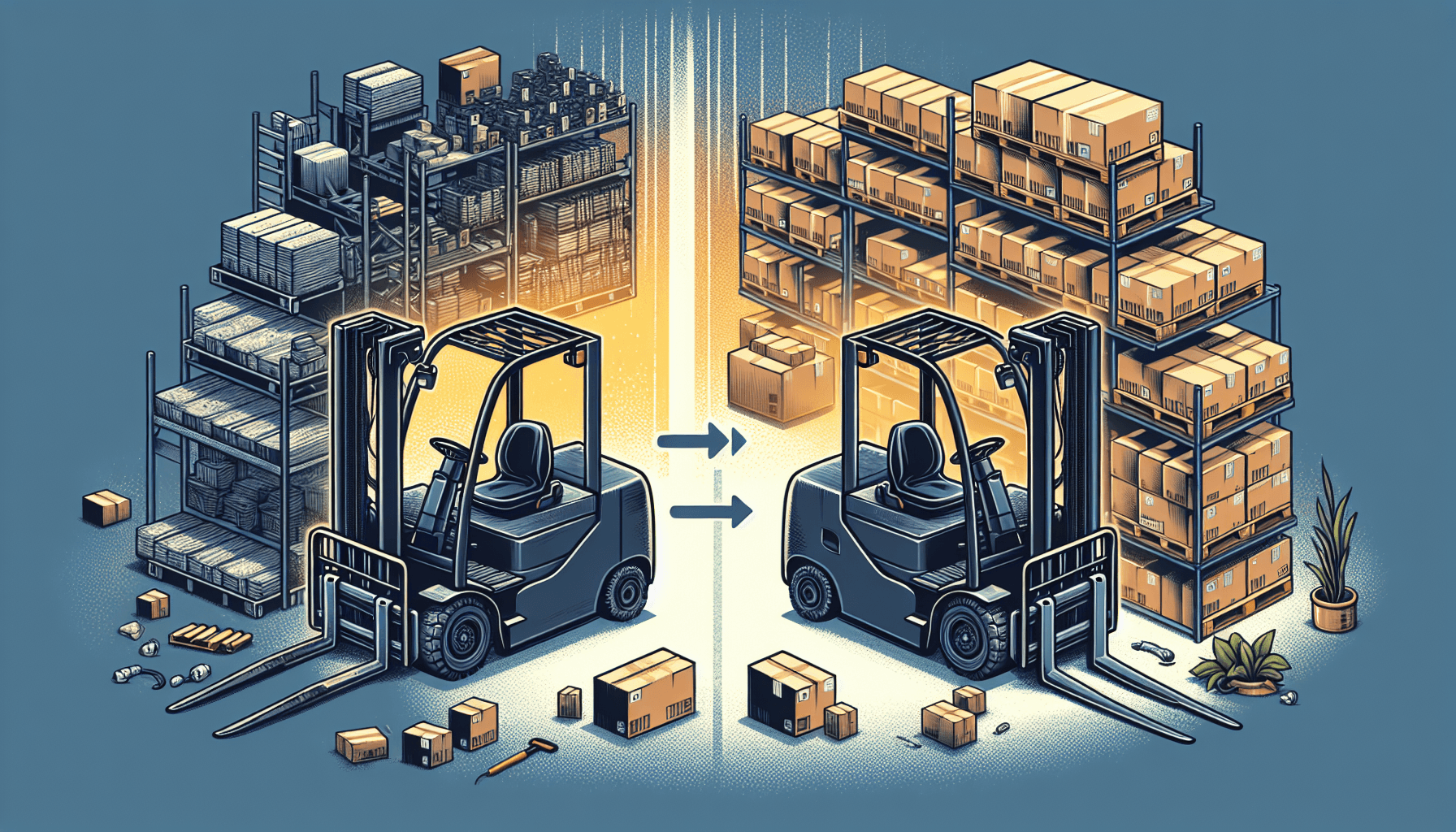Implementing a strategic plan for forklift fleet replacement is essential for businesses looking to optimize their operations and enhance productivity. Forklifts play a vital role in many industries, including warehouses, manufacturing facilities, and distribution centers. Over time, however, these machines can become outdated, inefficient, and prone to breakdowns, leading to increased downtime and decreased efficiency.
The Importance of Forklift Fleet Replacement
Investing in a forklift fleet replacement strategy can bring numerous benefits to businesses. Here are some key reasons why it is crucial to consider a proactive approach:
- Enhanced Efficiency: Outdated forklifts can slow down operations, resulting in inefficiencies and productivity losses. By replacing aging units with newer models, businesses can improve speed and precision in material handling processes.
- Reduced Maintenance Costs: Older forklifts often require frequent repairs and maintenance, which can be expensive and time-consuming. A fleet replacement plan ensures the acquisition of newer, more reliable machines, reducing maintenance costs in the long run.
- Improved Safety: Newer forklift models usually incorporate advanced safety features, such as stability control systems and improved operator visibility. Upgrading the fleet helps create a safer work environment and minimizes the risk of accidents.
- Increased Productivity: Modern forklifts are designed with advanced technologies that improve operator comfort and ergonomics, leading to increased productivity and reduced operator fatigue. Efficiency gains translate into enhanced throughput and overall business performance.
- Environmentally Friendly: Older forklifts often run on outdated technology that releases more emissions and consumes more fuel. Replacing them with eco-friendly electric or hybrid models contributes to sustainability goals and reduces the carbon footprint of the business.
Now that we understand the importance of a forklift fleet replacement strategy, let’s explore some key steps to implement it effectively:
1. Assess Current Fleet Performance
Before launching a fleet replacement initiative, it’s crucial to evaluate the performance of the current fleet. Identify key performance indicators (KPIs) such as maintenance costs, downtime, operator feedback, and productivity levels. This assessment will help determine which forklifts are underperforming or nearing the end of their lifecycle.
Forklift fleet management software can provide valuable data and analytics to assess fleet performance. It can track metrics like utilization rates, average fuel consumption, and maintenance history, helping businesses make informed decisions regarding the replacement process.
2. Set Objectives and Prioritize Replacement
Once you have identified the forklifts in need of replacement, set clear objectives for the fleet replacement strategy. Determine the timeline, budget, and desired outcomes of the initiative. Prioritize replacements based on factors such as age, maintenance costs, and impact on operational efficiency.
Setting clear objectives and priorities will ensure a systematic and organized approach to the fleet replacement process, avoiding potential disruptions to operations.
3. Research and Select New Forklift Models
Thorough research is essential when selecting replacement forklift models. Evaluate different manufacturers and suppliers to determine which options best meet your specific requirements. Consider factors such as load capacity, lifting height, maneuverability, and fuel efficiency.
It is also important to take into account the specific needs of your industry and the nature of your operations. For example, forklifts used in cold storage facilities may require specialized features to withstand low temperatures.
Seek recommendations from industry experts or consult with forklift fleet management providers to ensure you make informed decisions.
4. Budgeting and Financing
Replacing a forklift fleet involves significant costs, so it is crucial to have a well-defined budget. Consider both the initial investment and the long-term operating and maintenance costs of the new equipment.
Explore financing options such as leasing or equipment loans to manage the upfront costs effectively. Consult with financial advisors and forklift fleet management experts to determine the most suitable financial strategy for your business.
5. Training and Operator Transition
Introducing new forklift models requires proper training for operators. Ensure that your workforce receives appropriate training on the operation, maintenance, and safety protocols of the upgraded equipment.
Create a transition plan that allows for a smooth shift from the old to the new forklift fleet. This may involve staggered replacements or temporarily overlapping the old and new machines to ensure a seamless transition without impacting daily operations.
6. Monitor and Evaluate Performance
Once the fleet replacement is complete, continuously monitor and evaluate the performance of the new forklifts. Track key metrics to assess the impact on productivity, efficiency, and maintenance costs.
Use forklift fleet management software to collect real-time data and generate reports that provide insights into how the new fleet is performing. This will help identify any areas requiring improvement and allow for timely adjustments.
7. Regular Maintenance and Asset Management
Implementing a regular maintenance schedule is crucial to prolong the lifespan of your forklift fleet. Create a maintenance plan that includes routine inspections, oil changes, part replacements, and repair protocols.
Consider using a forklift fleet management system to streamline maintenance activities. Such systems provide maintenance alerts, track service history, and help ensure compliance with safety and regulatory standards.
Additionally, keep track of the assets in your forklift fleet. Having an asset management system in place allows you to monitor the utilization, location, and performance of each forklift, optimizing their usage and minimizing the risk of theft or loss.
In conclusion, implementing an effective forklift fleet replacement strategy is vital for businesses seeking to enhance operational efficiency, reduce costs, and improve safety. By assessing current fleet performance, setting objectives, conducting thorough research, and monitoring performance, businesses can ensure a successful transition to a newer and more optimized forklift fleet.

